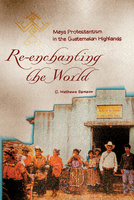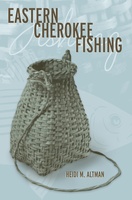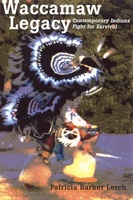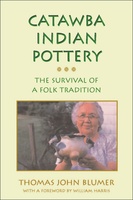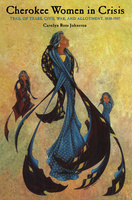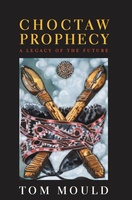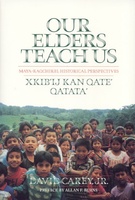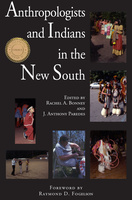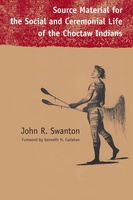Re-Enchanting the World
Maya Protestantism in the Guatemalan Highlands
Against the backdrop of the 36-year civil war that ended in 1996 and the rise of the indigenous Maya Movement in the late 1980s, this work provides a unique portrait of social movements, cultural and human rights, and the role that religion plays in relation to the nation-state in post-conflict political processes. Re-enchanting the World fills a niche within the anthropological literature on evangelicals in Latin America during a time of significant social change.
Chiricahua Apache Enduring Power
Naiche's Puberty Ceremony Paintings
Eastern Cherokee Fishing
Cherokee identity as revealed in fishing methods and materials.
Waccamaw Legacy
Contemporary Indians Fight for Survival
An insightful and informative look into the Waccamaw Siouan's quest for identity and survival
Catawba Indian Pottery
The Survival of a Folk Tradition
Cherokee Women In Crisis
Trail of Tears, Civil War, and Allotment, 1838-1907
Explains how traditional Cherokee women’s roles were destabilized, modified, recovered, and in some ways strengthened during three periods of great turmoil
Choctaw Prophecy
A Legacy for the Future
Explores the power and artistry of prophecy among the Mississippi Band of Choctaw Indians, who use predictions about the future to interpret the world around them
Our Elders Teach Us
Maya-Kaqchikel Historical Perspectives
In this rich and dynamic work, David Carey Jr. provides a new perspective on contemporary Guatemalan history by allowing the indigenous peoples to speak for themselves. Valuable to historians, anthropologists, archaeologists, or anyone interested in Mayan and Latin American studies, this book will inform as well as enchant.
Anthropologists and Indians in the New South
Source Material for the Social and Ceremonial Life of the Choctaw Indians
Long considered the undisputed authority on the Indians of the southern United States, anthropologist John Swanton published this history as the Smithsonian Institution's Bureau of American Ethnology (BAE) Bulletin 103 in 1931. Swanton's descriptions are drawn from earlier records—including those of DuPratz and Romans—and from Choctaw informants. His long association with the Choctaws is evident in the thorough detailing of their customs and way of life and in his sensitivity to the presentation of their native culture.

